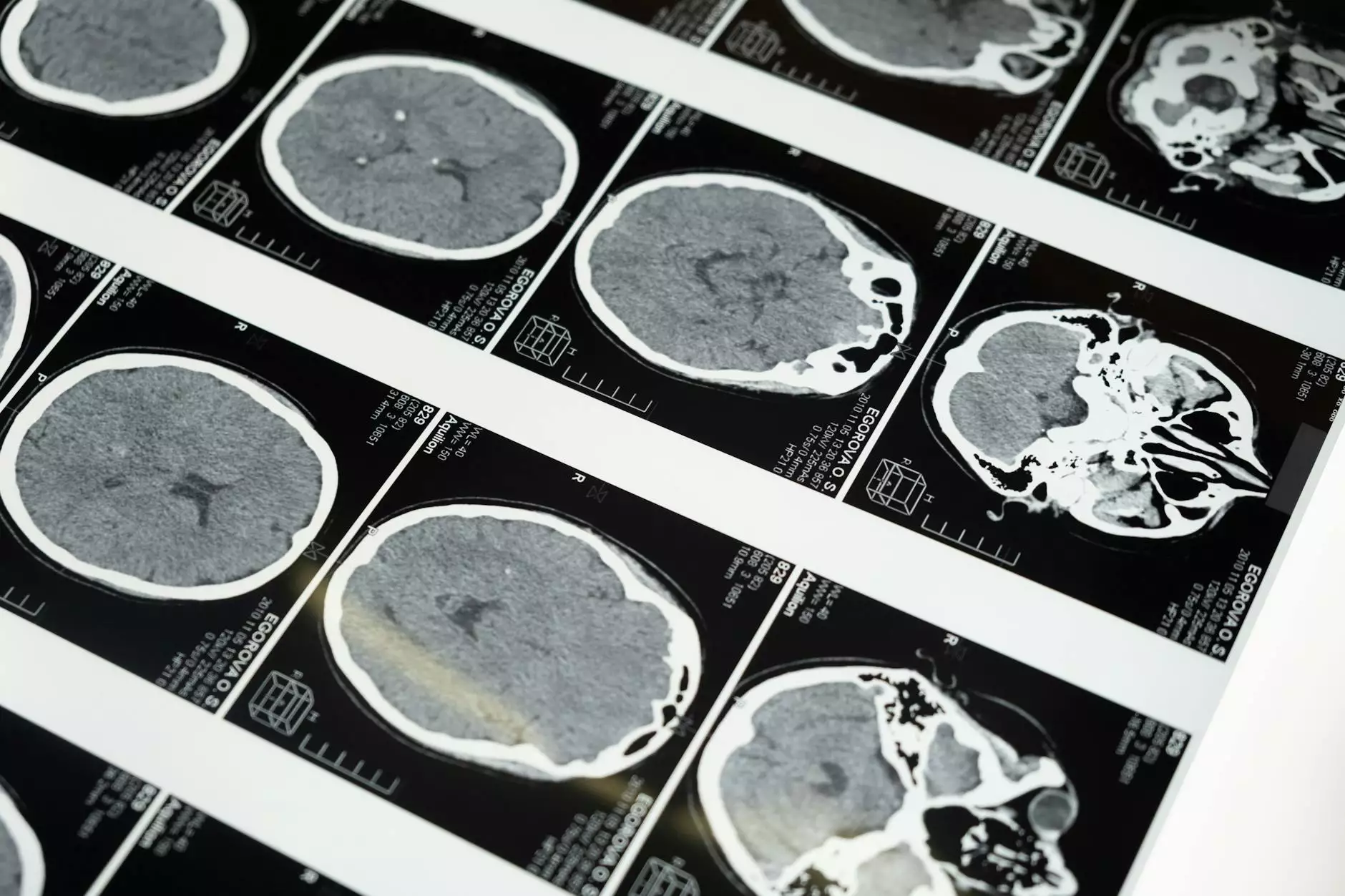The Importance of Lung Cancer CT Scans in Medical Diagnosis

Lung cancer continues to be one of the leading causes of cancer-related deaths worldwide. The early detection and diagnosis of lung cancer are crucial in improving the effectiveness of treatment and increasing survival rates. In this comprehensive article, we will explore the vital role of lung cancer CT scans, how they work, their benefits, and why they are an essential part of a health assessment, especially in high-risk individuals.
What is a Lung Cancer CT Scan?
A lung cancer CT scan (computed tomography scan) is a diagnostic imaging test that helps visualize the lungs and chest area in great detail. Unlike standard X-rays, a CT scan provides a more in-depth view by taking multiple cross-sectional images of the body. This is particularly important for detecting abnormalities in lung tissue that may indicate cancer.
How Does a CT Scan Work?
During a CT scan, the patient lies on a table that slides into a large, donut-shaped machine called a CT scanner. The machine uses X-ray equipment and a computer to create detailed images of the lungs. The process usually takes 10 to 30 minutes, and patients might be asked to hold their breath temporarily during the imaging to ensure clear pictures. Here’s a simplified breakdown of the process:
- Preparation: Patients may need to change into a hospital gown and remove any metal objects that could interfere with the scan.
- Positioning: Patients lie flat on their back on the scanning table.
- Scanning: The scan begins, and patients will hear a series of humming or buzzing sounds as the machine captures images.
- Completion: After the scan, patients can resume normal activities almost immediately.
Why Are Lung Cancer CT Scans Necessary?
CT scans are crucial for several reasons:
- Early Detection: They can identify small nodules or tumors in the lungs, which might be too small to be detected by X-rays.
- Monitoring: For patients already diagnosed with lung cancer, CT scans help monitor the size and spread of tumors over time.
- Assessment: They help doctors assess if the cancer has spread to nearby lymph nodes or other organs.
- Guidance for Biopsies: A CT scan can guide doctors in taking biopsies of suspicious lung lesions.
Understanding the Risks and Benefits of CT Scans
While lung cancer CT scans provide invaluable information, it is essential to weigh the benefits against the potential risks:
Benefits:
- Improved Accuracy: CT scans offer high-resolution images that enhance the accuracy of diagnosis.
- Faster Results: They can provide results more quickly than some other imaging studies.
- Non-Invasive: The procedure is non-invasive, making it a safer option for patients.
Risks:
- Radiation Exposure: CT scans expose patients to higher doses of radiation compared to standard X-rays.
- False Positives: Sometimes, CT scans can reveal nodules that are not cancerous, leading to unnecessary anxiety and further tests.
Who Should Get a Lung Cancer CT Scan?
CT scans for lung cancer screening are generally recommended for individuals at high risk, including:
- Smokers aged 55 to 80 years with a significant smoking history (30 pack-years or more).
- Former smokers who quit within the last 15 years.
- Individuals with a family history of lung cancer or those with exposure to known carcinogens.
Alternatives to Lung Cancer CT Scans
While CT scans are a vital tool in lung cancer screening, other diagnostic methods can also be employed, including:
- Chest X-rays: Often the first imaging test performed; however, they are less sensitive than CT scans.
- Magnetic Resonance Imaging (MRI): Useful for viewing soft tissues and may be recommended for certain cases.
- PET scans: Often used alongside CT scans to determine if lung nodules are cancerous.
Preparing for Your CT Scan
Preparation for a lung cancer CT scan can significantly impact the test effectiveness. Here’s how you can prepare:
- Follow Instructions: Follow any specific guidelines provided by your healthcare provider.
- Avoid Food and Drink: You might need to refrain from eating or drinking for a few hours before the scan.
- Communicate: Inform your doctor about any medications you're taking and any allergies.
What to Expect Post-CT Scan
After the lung cancer CT scan, patients can typically resume normal activities immediately. However, it’s essential to monitor for any unusual symptoms and discuss the results with your doctor. Results from the scan may be available within a few days, and your healthcare provider will explain what they mean in the context of your overall health.
The Role of HelloPhysio in Lung Cancer Screening
At HelloPhysio, we are committed to offering comprehensive healthcare services that include advanced imaging techniques for early diagnosis and treatment. Our state-of-the-art facilities ensure your comfort and safety during all procedures, including lung cancer CT scans.
Why Choose HelloPhysio?
- Expert Team: Our team consists of experienced radiologists and healthcare professionals dedicated to providing personalized care.
- Cutting-Edge Technology: We use the latest imaging technology to ensure accurate and reliable results.
- Holistic Approach: Besides diagnostic services, we offer comprehensive health and wellness programs tailored to your needs.
Conclusion
In conclusion, the lung cancer CT scan is an indispensable tool in the early detection and management of lung cancer. Understanding its process, benefits, and preparation can empower patients to take proactive steps towards their health. If you are at risk or need more information about screening options, visit us at HelloPhysio, and let us guide you towards a healthier future.



